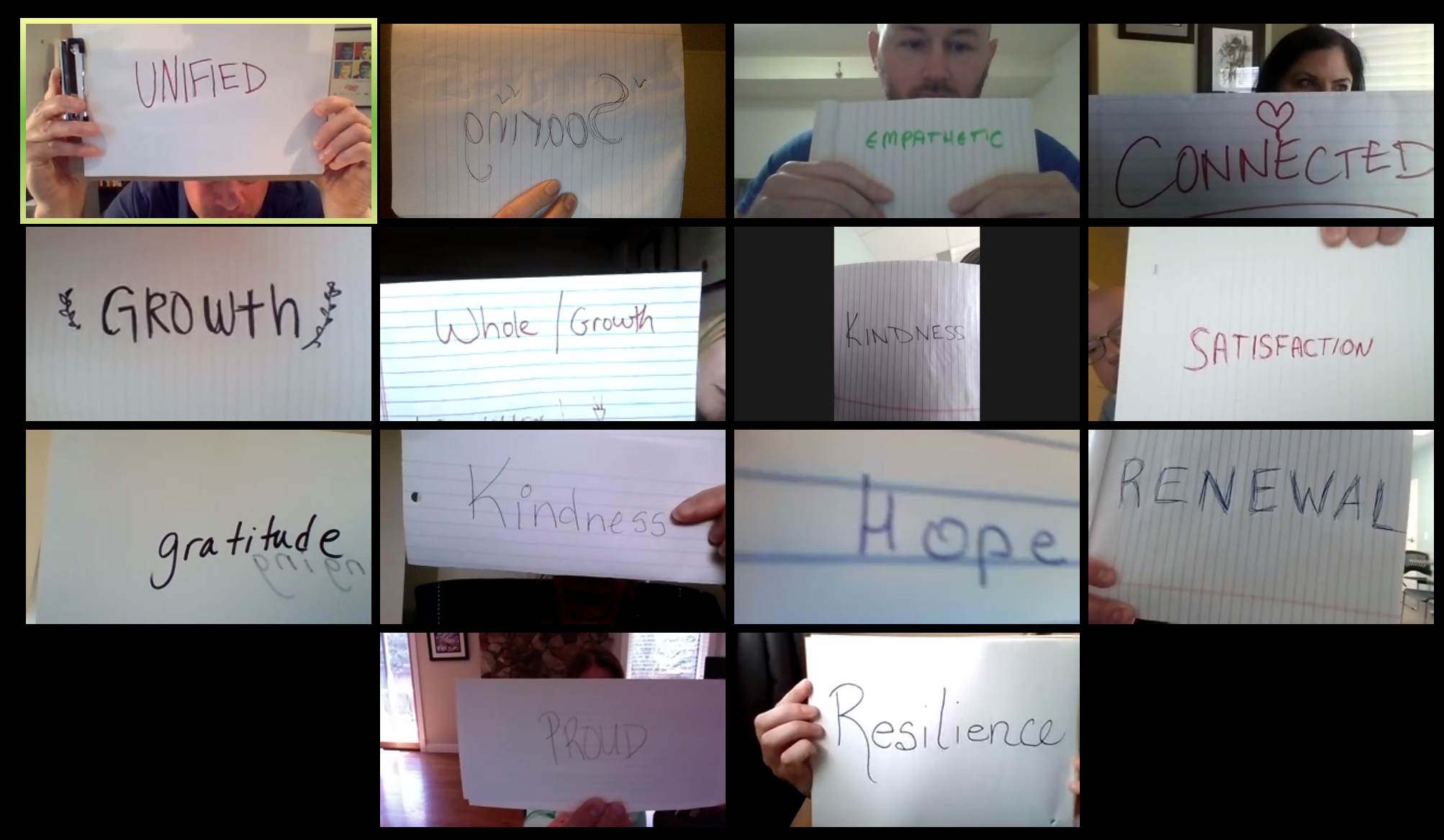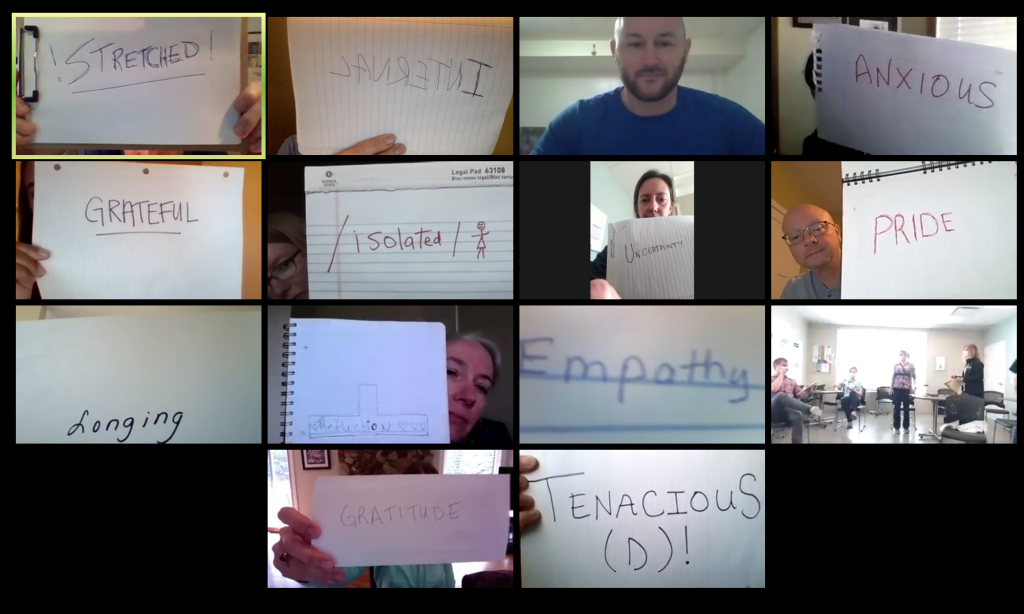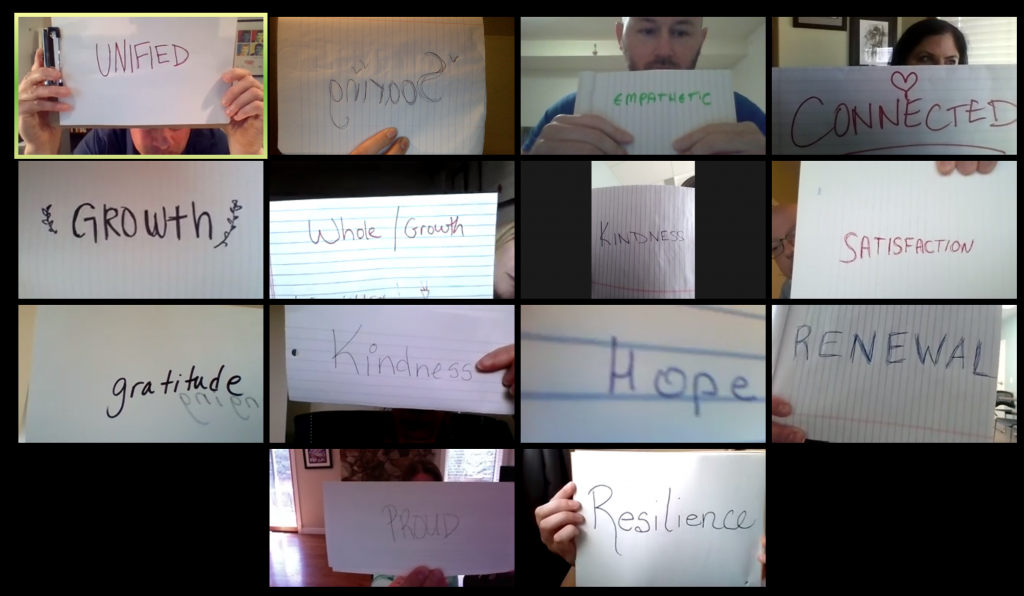How to prepare the team to adapt to the remote workplace and “New Now”? (4.5min read)

The surge in popularity of the remote workplace for 2020 and possibly beyond, has raised the question of how to do it effectively as leaders to get the most out of your teams. The benefits are widespread with reduced office space costs, less commute times and better productivity levels and work life balance. However, there are also difficulties associated with the shift for companies who are not well versed in adapting.
How to recognize difficulties in the shift to the remote office?
Sadly, many team members have much less time in the company of their colleagues which brings about numerous issues. Remote offices, similar to other major organizational transitions, can suffer when they are not adequately prepared. With the quick onset of the shift, many companies are finding, 6 months into our new work climate, that compications have arisen as a result of frictious change or teething problems. A company having difficulty getting to grips with the transition tends to experience:
- Increased confusion over projects and roles
- Difficulty in planning or strategizing
- Tardy response times from staff teams
- Processes incurring significant lag times
- Client relations deteriorating
- Reduced accountability among team members
- Motivational and morale dips.
The primary cause of most issues resides in ineffective communications and enacting the transition without careful planning. Thankfully, careful forethought or implementation of constructive strategies can mitigate many of these obstacles.

What can you do to make the shift to remote work more successful?
Some companies have the benefit of always having had different branches or satellite offices and have mastered remaining connected while apart. For those of you who don’t have that experience, there are a number of strategies and tools you can implement to ease the headache.
1. Select Agreed Communication Tools
You might regularly find yourself swapping e-mails, hangouts, texts, WhatsApp messages, Slack, Zoom and the list goes on. It is frustrating to all parties to have too many communication avenues. It creates too many opportunities for a message to be overlooked whether intentionally or otherwise. Include your team in the choice and make a selection on the agreed tools you plan to use whether you choose Hangouts for quick chats and questions, Zoom for long meetings and emails for awareness. That is our tried and tested method at Pinnacle Pursuits as we have adapted the remote office.
2. Transparency and Clarity Improve Accountability
As with the normal workplace, a lack of clarity leads to confusion and mix-ups for those expected to absorb responsibility. These matters are exacerbated by the remote space due to the reduction of in-person communications and opportunities to ask questions. Creating clear project briefs is paramount especially for medium to large projects. These should identify the roles associated for each party and who is expected to assume leadership and responsibility. The creation of such briefs should always include the input of the team as this increases engagement ultimately leading to more successful outcomes.
Beyond clarity of the project roles and responsibilities, transparency is a major facet of improving engagement and team performance. The application of radical transparency was pioneered by hedge fund billionaire, Ray Dalio. It proposes allowing all company associates full honesty and openness regarding finances, roles, expectations, threats and more. While the term radical probably stirs uncomfortable associations, his idea spurred improved ownership of tasks, quick realization and admittance of mistakes, more inclusion and trust, speedier problem solving and employee contributions across the board.
With the remote workplace, employees can easily become distanced from the overall mission and purpose of their employer. Although radical transparency is not appropriate for every company, certain pillars adapted by the likes of 1800-Got Junk, Patagonia, Fit Bit and Buffer have shown extraordinary success. Keeping the team aware of where you are in your aims, values and overall mission and where you would like to be is highly valued to the employees who strive to deliver success.
3. Communication Matters
This is obvious and may seem redundant but it is vital to keep the channels open and inviting. As soon as someone suspects their questions are no longer welcome, the flow of a project may break down. Having previously demonstrated the necessity for psychological safety, we won’t inflate the point. Simply put, employee contributions and overall team success is underpinned by the comfort they feel with raising points, mistakes, suggestions and concerns to their leadership team. Deterring these messages may result in a lack of innovation, problems acknowledgement and time wastage.

4. Involve the Team in Planning
Motivation and planning take an early dip after making the transition to the remote office but are not always a necessary right of passage. Incorporating the team or at least team leaders in the planning process, allows for further engagement, ownership and interest in the success of a project. Highlighted in our employee engagement recommendations article, the results of collaborative planning are improved project success, sales and productivity. Staff teams feel more valued and respected, furthering the propensity for psychological safety.
5. Create Collaborative Projects
Since being apart and working remotely, we have certainly missed the office banter. Office morale is affected as an unfortunate ancillary cost of the ‘new now’. Mitigating this morale drift from the outset is likely more important than you realize. No addressing it can eventually affect productivity and even lead to sick days taken through indifference and disillusionment.
Collaborative team projects encourage increased communication to discuss both the projects involved and to catch up. The loss of this organic connection is important and can be replaced leading to an overall happier work team. It is easy to add to this with Friday happy hours, virtual coffee mornings and more.
6. Team Training, Off-sites and Recognition Events
A Harvard business review found that productivity levels of teams shifting to the remote workplace increased by 13%. When faced with the challenges most businesses are facing right now any increase is welcome. The highlights of successful transitions also included team off-site events as a major source of connectivity. The report found that events and off-sites that brought WFH (Working from Home) and WFA (Working from Anywhere) employees together had major impacts on the kinship, morale and culture of the staff team and company. Having spent so much time apart, it stands to reason that gathering the team together can be an uplifting event for everyone.
In our experience, many teams enjoy the remote workplace and all of the benefits it brings but still miss the exchanges and friendships enjoyed in the office. Off-site events have proven to create significant impact even more now that they have become rare. To the misfortune of most, the shift to remote spaces came suddenly and teams have not gotten to see colleagues in a long time. As we crossed over from this being a novelty to embracing the ‘new now’, people have become more accustomed to feeling isolated. One-off or regular team events have given cause for hope, optimism and joy among our clients. It is a relief we are delighted to provide in the midst of the uncomfortable present.

